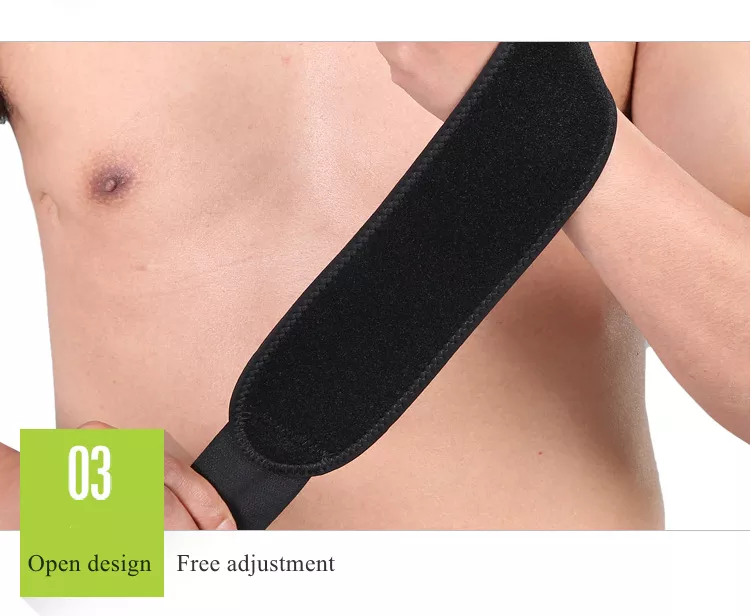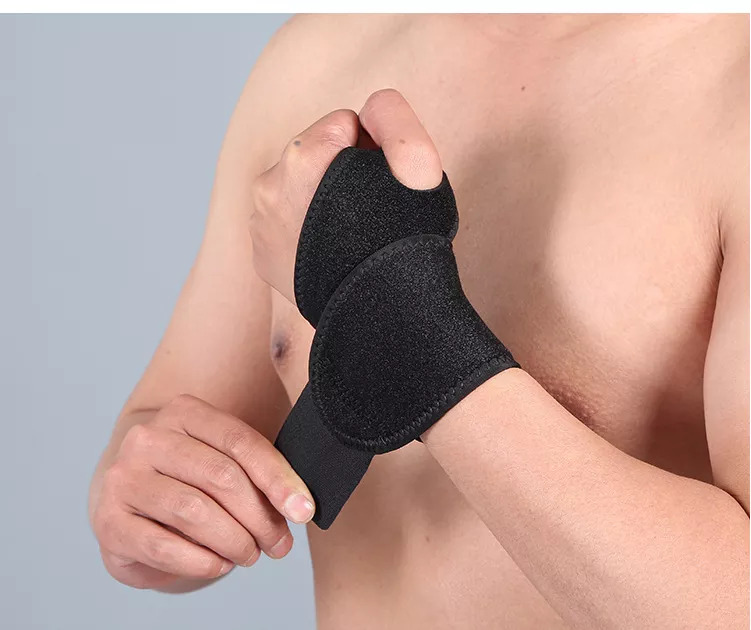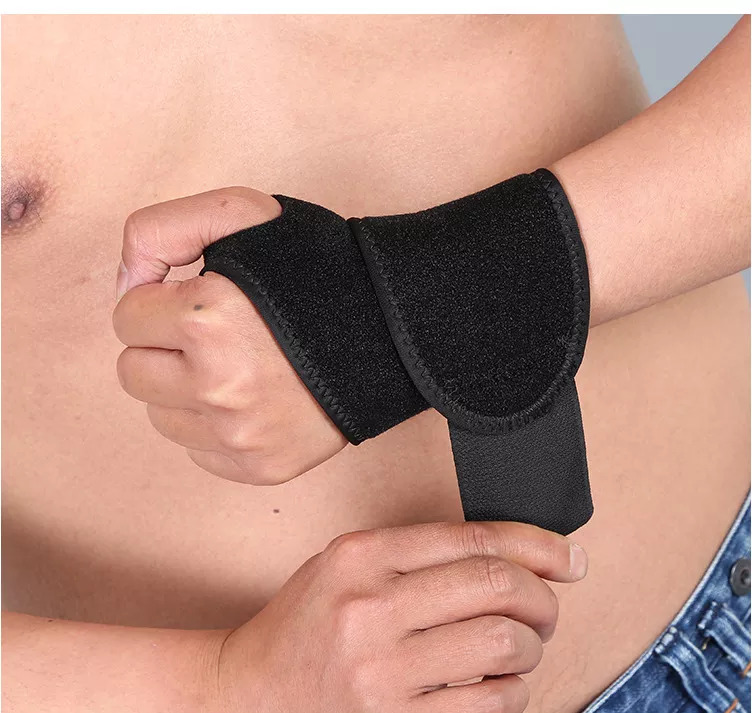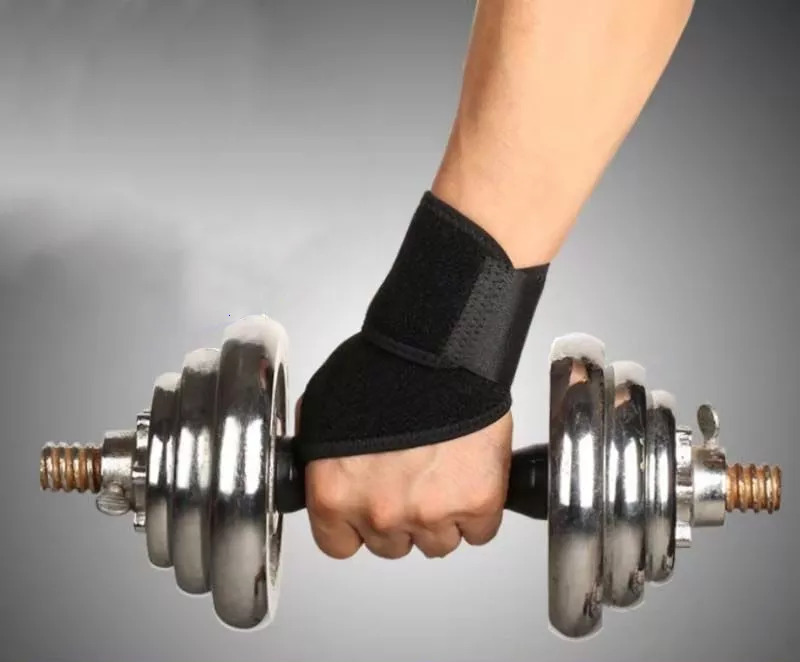Understand what Wrist Brace is
Dealing with wrist discomfort, weakness, or recovering from an injury? A wrist brace might be the simple solution you need. This guide will walk you through everything you need to know about these supportive devices – from what they do to how to wear them safely and effectively
A wrist brace, also known as a wrist support or splint, is a wearable device designed to provide stability, support, and protection to your wrist joint. Typically made from comfortable, stretchable, and often warm materials, it works by:
- Immobilizing the Wrist: It limits excessive movement, keeping your wrist in a neutral (straight) position.
- Applying Gentle Compression: This can help reduce swelling and provide a feeling of security.
- Reducing Strain: By maintaining a neutral alignment, it alleviates pressure on the tendons, nerves (like the median nerve in carpal tunnel syndrome), and joints within the wrist.
Think of it as a supportive hug for your wrist, helping it heal, preventing further strain, and significantly reducing pain
The Benefits: Why Use a Wrist Brace?
Wearing a wrist brace can offer several advantages:
- Pain Reduction: Effective for pain caused by various conditions (see below) or general overuse.
- Injury Prevention: Provides stability during activities that put stress on the wrist.
- Post-Injury Support: Aids healing by immobilizing the wrist and reducing swelling after sprains or strains.
- Improved Function: For some, it allows for continued participation in daily activities with less discomfort.
- Potential Surgery Avoidance: In some cases, consistent brace use can manage symptoms effectively enough to avoid surgical intervention.
How to Wear Your Wrist Brace Correctly
Getting the fit right is crucial for effectiveness and safety. While you usually don't need a professional fitting for over-the-counter braces, follow these steps:
- Positioning: Most braces wrap around the palm and extend partway up the forearm. Ensure the contours of the brace match your wrist and hand shape. Often, there's a rigid splint – this usually sits against the palm side of your wrist/forearm.
- Securing: Use the Velcro straps (or laces, depending on the model) to fasten the brace.
- Finding the Right Tightness: This is key! The brace should be snug enough to limit wrist bending and provide support, but loose enough that it doesn't cut off circulation.
- Check Circulation: Your fingers shouldn't tingle, feel numb, or turn pale/blue. You should be able to comfortably, though perhaps slightly restricted, move your fingers.
- Comfort: It shouldn't dig into your skin or cause pain.
- Finger Movement: Ensure the brace allows free movement of your fingers and thumb unless it's specifically designed for thumb immobilization as well.
Important Precautions and Potential Side Effects
While generally safe, improper use can lead to issues:
- Circulation Problems: Never wear a brace that is too tight. This is the most critical warning. Reduced blood flow can cause numbness, tingling, swelling in the fingers, and potentially more severe damage.
- Skin Irritation: Prolonged wear, especially in warm weather or if the brace gets wet, can cause itching, rashes, or chafing. Keep the skin clean and dry, and ensure the brace material doesn't cause an allergic reaction.
- Muscle Weakness/Stiffness: Wearing a brace continuously for extended periods without breaks can lead to muscle atrophy (weakness) and joint stiffness.
- Increased Pain/Numbness: If wearing the brace increases your pain or numbness, it's likely fitted incorrectly or isn't the right type for your condition.
Recommendations:
- Take Breaks: Unless advised otherwise by a doctor, remove the brace periodically to allow your skin to breathe and to perform gentle range-of-motion exercises (if permitted).
- Ensure Correct Fit: Double-check the tightness regularly.
- Follow Medical Advice: If prescribed by a doctor, follow their specific instructions regarding wear time and duration.
When Should You Consider Using a Wrist Brace?
A wrist brace can be beneficial in numerous situations:
- Medical Conditions:
- Carpal Tunnel Syndrome: Helps keep the wrist straight, reducing pressure on the median nerve, especially helpful at night.
- Arthritis (Osteoarthritis, Rheumatoid Arthritis): Provides support and reduces pain during flare-ups or activities.
- Tendonitis/Tenosynovitis: Reduces strain on inflamed tendons (e.g., De Quervain's tenosynovitis).
- Sprains and Strains: Offers stability and limits painful movements during healing.
- (Disclaimer: Always consult a doctor for diagnosis and treatment recommendations for these conditions.)
- Occupational Strain:
- Office Work: Frequent typing and mouse use can lead to repetitive strain. A brace can help maintain a neutral wrist posture.
- Manual Labour: Jobs involving heavy lifting, repetitive movements (like shelf stocking), or tool use can benefit from added wrist support.
- Sports and Activities:
- Impact/Weight-Bearing Sports: Activities like tennis, weightlifting, golf, bowling, or gymnastics can put significant stress on the wrists.
- Gaming: Long sessions involving repetitive hand and wrist movements can cause strain; a brace might offer preventative support.
- Injury Prevention and Recovery:
- Previous Injury: If you have a history of wrist injuries, a brace can provide extra protection during activities.
- Post-Surgery: Often used as part of the recovery process after wrist surgery.
Wrist braces are valuable tools for managing pain, supporting injuries, and preventing strain across a variety of activities and medical conditions. Remember, the key to success lies in choosing the appropriate type (if applicable), ensuring a correct fit – snug but not too tight – and following usage guidelines, including taking breaks. If you experience persistent pain or numbness, always consult with a healthcare professional.
Need help finding the right wrist brace for your needs in Kenya? Contact our specialists for advice or browse our selection. CALL: 0704556034 / 0733269500



